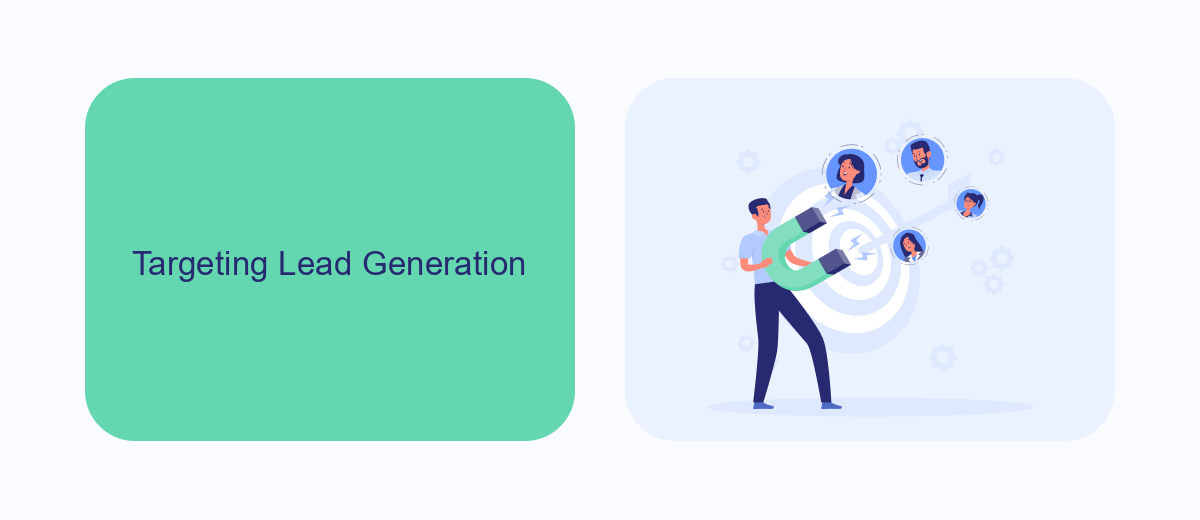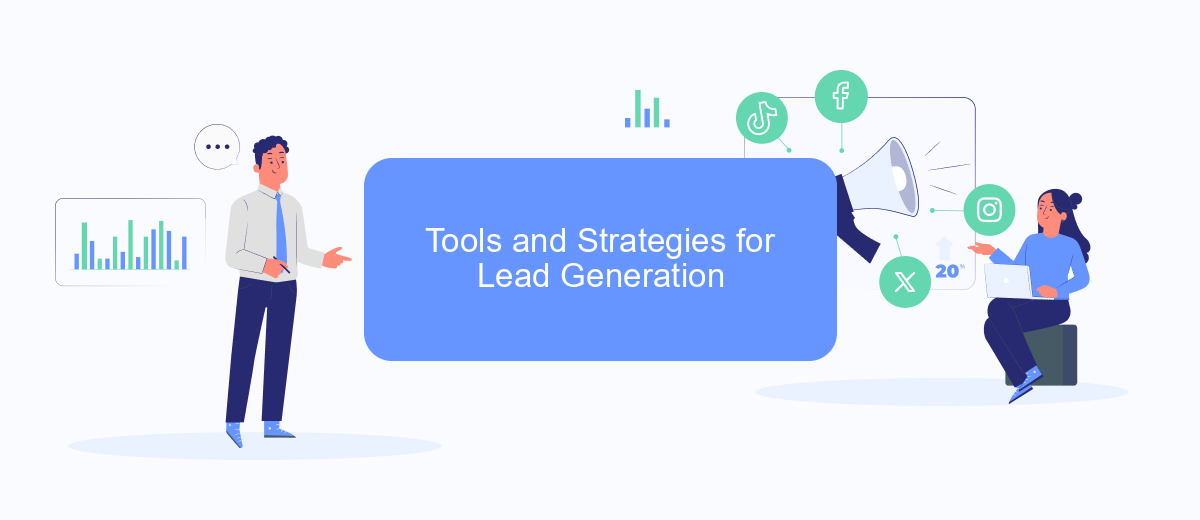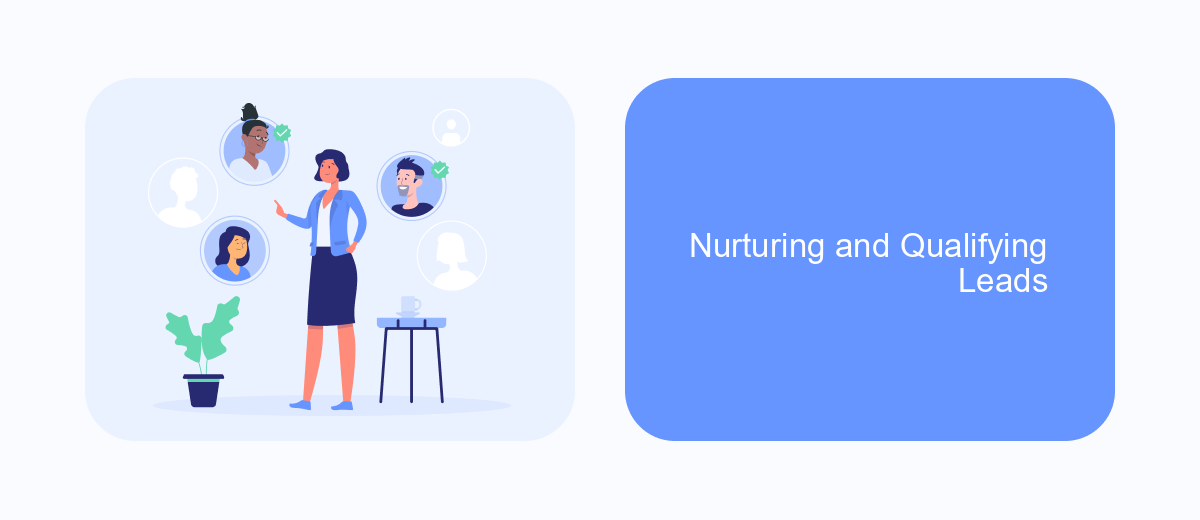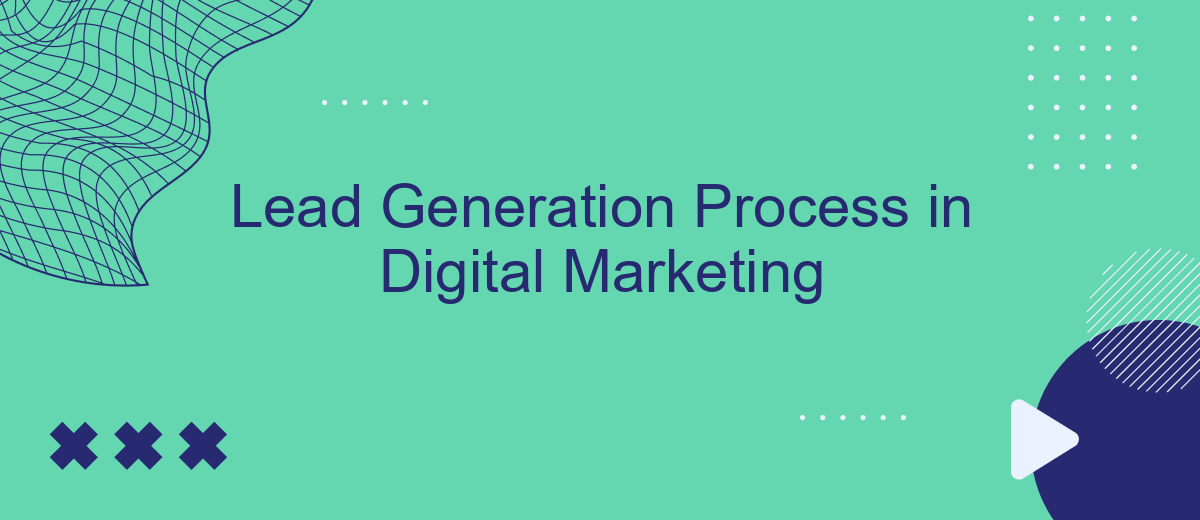Lead generation is a critical component of digital marketing, serving as the cornerstone for attracting and converting potential customers. In an increasingly competitive online landscape, understanding and optimizing the lead generation process can significantly enhance your marketing efforts. This article delves into the essential strategies, tools, and best practices to effectively generate high-quality leads and drive business growth.
Defining Lead Generation
Lead generation is a crucial component of digital marketing that focuses on attracting and converting prospects into potential customers. This process involves various strategies and tools to capture the interest of potential leads and guide them through the sales funnel.
- Identifying target audience
- Creating engaging content
- Optimizing landing pages
- Utilizing social media platforms
- Implementing email marketing campaigns
- Setting up lead capture forms
Effective lead generation often requires the integration of multiple digital tools and platforms. Services like SaveMyLeads can automate the process of capturing and managing leads, ensuring that no potential customer is overlooked. By leveraging such tools, businesses can streamline their lead generation efforts, making the process more efficient and effective.
Targeting Lead Generation

Targeting lead generation in digital marketing involves identifying and reaching out to potential customers who are most likely to be interested in your products or services. This process starts with an in-depth analysis of your target audience, including demographics, psychographics, and online behavior. By understanding these factors, marketers can create highly personalized campaigns that resonate with their audience, thereby increasing the chances of converting leads into customers.
One effective way to streamline this process is through the use of integration services like SaveMyLeads. SaveMyLeads automates the lead generation process by connecting various platforms and tools, allowing marketers to gather and analyze data more efficiently. This service helps in capturing leads from multiple sources and integrating them into your CRM system, ensuring that no potential customer is overlooked. By leveraging such tools, businesses can focus more on crafting targeted marketing strategies and less on the manual aspects of lead management.
Tools and Strategies for Lead Generation

Effective lead generation in digital marketing requires a combination of tools and strategies to capture and nurture potential customers. The right mix can significantly enhance your ability to convert prospects into loyal clients.
- Email Marketing: Utilize platforms like Mailchimp or Constant Contact to create targeted email campaigns that engage and nurture leads.
- Social Media Advertising: Leverage Facebook Ads, LinkedIn Ads, and Instagram Ads to reach a broader audience and generate quality leads.
- Content Marketing: Create valuable content such as blogs, eBooks, and webinars to attract and educate potential leads.
- SEO and SEM: Optimize your website for search engines and use Google Ads to drive traffic to your landing pages.
- Lead Management Tools: Implement CRM systems like HubSpot or Salesforce to track and manage your leads efficiently. Consider using SaveMyLeads to automate lead data integration from various sources.
By combining these tools and strategies, businesses can create a robust lead generation process that not only attracts potential customers but also nurtures them through the sales funnel. Continuous optimization and integration of new technologies can further enhance the effectiveness of your lead generation efforts.
Nurturing and Qualifying Leads

Nurturing and qualifying leads are critical steps in the lead generation process in digital marketing. Nurturing involves engaging with potential customers through personalized content, emails, and social media interactions to build relationships and trust. This process helps in keeping the leads interested and moving them closer to making a purchase decision.
Qualifying leads, on the other hand, involves assessing the potential of these leads to become paying customers. This can be done by evaluating their engagement, needs, and budget. By qualifying leads, businesses can focus their efforts on prospects who are more likely to convert, thus optimizing their marketing resources and improving ROI.
- Segment leads based on their behavior and interests.
- Use email marketing campaigns to provide valuable content.
- Leverage CRM tools to track and analyze lead interactions.
- Implement lead scoring to prioritize high-potential leads.
- Integrate tools like SaveMyLeads to automate lead nurturing processes.
By effectively nurturing and qualifying leads, businesses can create a more efficient sales funnel. Utilizing tools like SaveMyLeads can streamline these processes, ensuring that no potential customer falls through the cracks and enhancing overall lead management.
- Automate the work with leads from the Facebook advertising account
- Empower with integrations and instant transfer of leads
- Don't spend money on developers or integrators
- Save time by automating routine tasks
Evaluating Lead Generation Campaigns
Evaluating lead generation campaigns is crucial for understanding their effectiveness and optimizing future efforts. Key performance indicators (KPIs) such as conversion rates, cost per lead, and return on investment (ROI) should be closely monitored. By analyzing these metrics, marketers can identify which strategies are delivering the best results and allocate resources more efficiently. Additionally, A/B testing can be employed to compare different approaches and fine-tune campaigns for better performance.
Integrating various tools and platforms can streamline the evaluation process. Services like SaveMyLeads enable seamless integration of lead generation data with CRM systems, allowing for real-time tracking and analysis. This not only saves time but also ensures that all relevant data is centralized and easily accessible. By leveraging such services, marketers can gain deeper insights into their campaigns, make data-driven decisions, and ultimately improve their lead generation outcomes.
FAQ
What is lead generation in digital marketing?
Why is lead generation important for businesses?
What are some common lead generation strategies?
How can automation improve the lead generation process?
What metrics should be tracked to measure the effectiveness of lead generation efforts?
SaveMyLeads is a simple and effective service that will help you automate routine tasks and optimize business processes. Stop wasting time uploading leads from Facebook manually – you can do it automatically, saving a lot of time and money. Eliminate routine from workflows and achieve more with minimal investment of money, effort and human resources.

